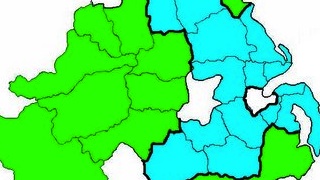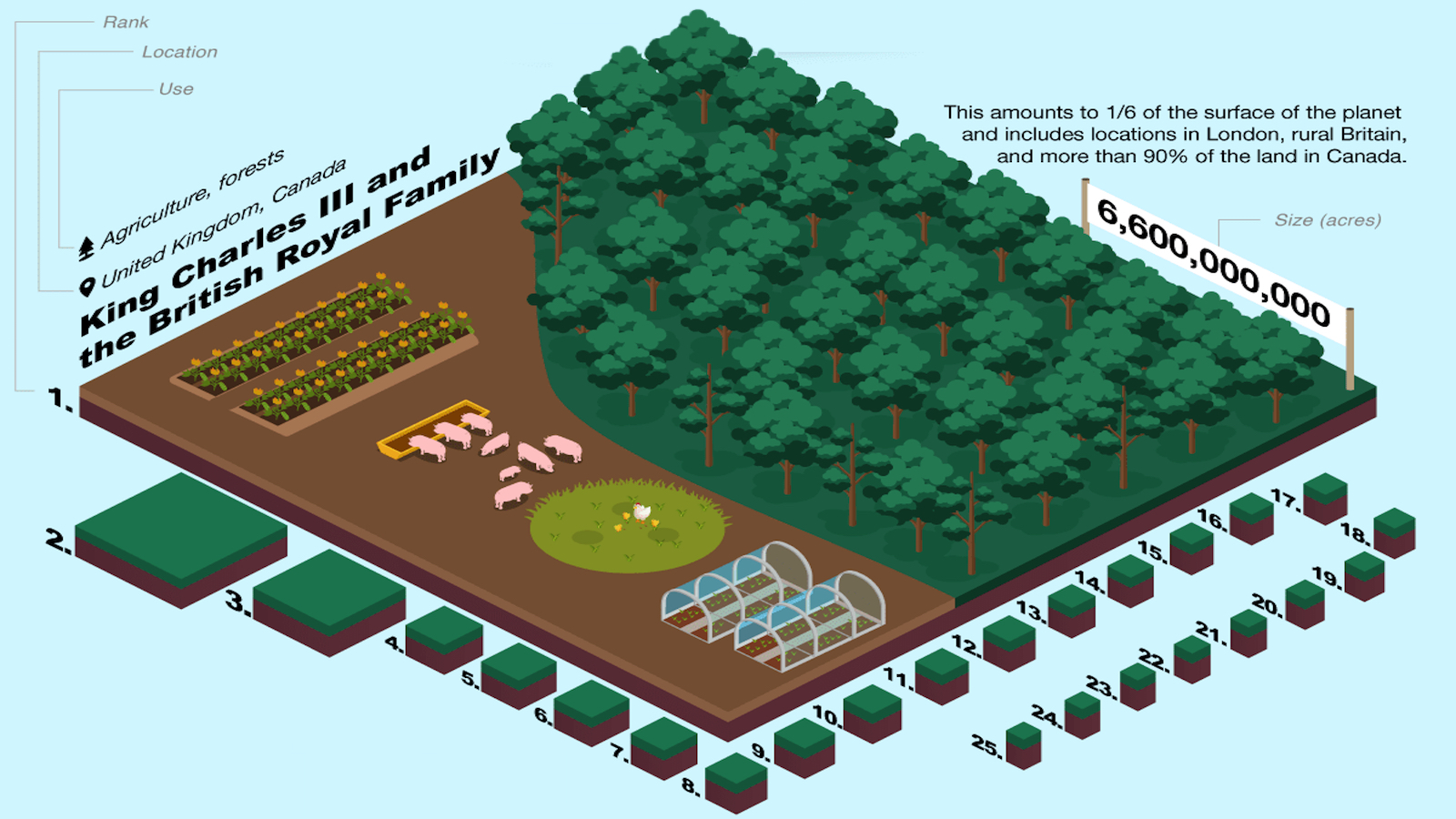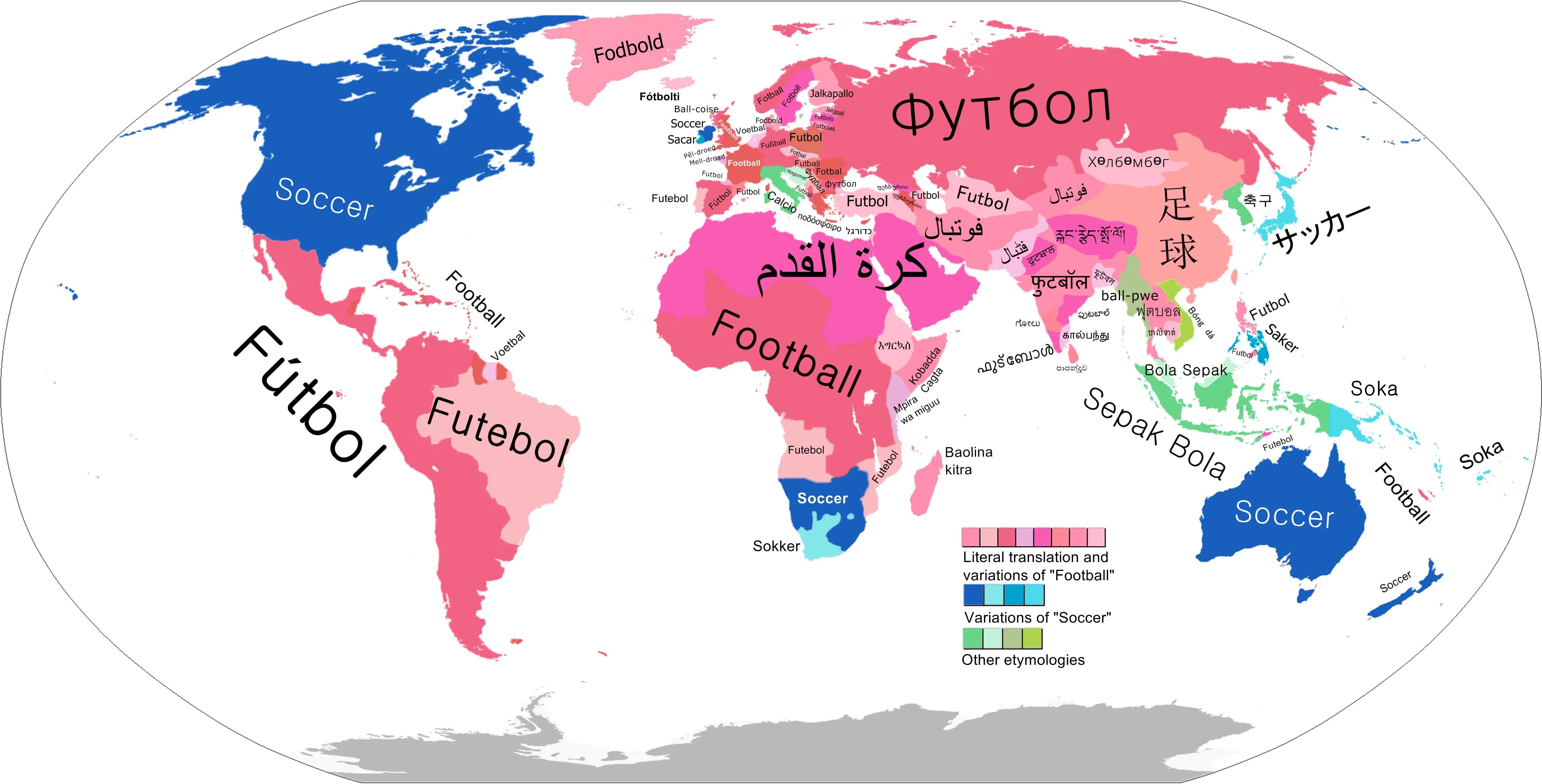619 – Is Ulster Doomed? Scenarios for Repartition

To condemn the riots that rocked Belfast last Friday as “shameful”, as the British Secretary of State for Northern Ireland Theresa Villiers has done, fails to address the two conflicting impressions they left on outside observers: Wasn’t this supposed to be over years ago? But also: Isn’t this a replay of what happened last month?
To people outside the UK, and even many in Great Britain itself [1], Friday night’s violence was an anachronistic throwback to the Troubles, an era roughly concurrent with the final third of the 20th century, when Northern Ireland was barely a week out of the news. And the headlines were consistently depressing: the conflict between Ulster’s catholic minority and protestant majority [2] was fought out in the streets, with marches and riots, bombs and guns, targeted and not-so-targeted killings. In all, the Troubles claimed the lives of over 3,500 people [3]. Decades of sectarian violence were supposedly concluded in 1998, by the Good Friday Agreement.
From the sheer drop in bad news out of Ulster, it does seem that former foes have found a modus vivendi. Ballots have replaced bullets as the currency of political exchange. The Rev. Ian Paisley, the iconic firebrand [4] of the unionist cause, and Martin McGuinness, a former IRA commander, not only served together as First Minister and Deputy First Minister of Northern Ireland respectively, but the sworn enemies of yore got on so well they famously were dubbed the Chuckle Brothers. A sight perhaps not as dignified as Nelson Mandela’s long walk to freedom, but a symbol nonetheless of progress towards peace.
But clearly not everyone finds there’s much to chuckle about in the new Ulster. Friday’s riots were but the last in a series of violent outbursts over the past half year or so. Motivating the unrest is a deepening sense of frustration in a large part of the loyalist community.
This most recent spate of rioting in Belfast’s city centre saw up to a thousand loyalist youths burn cars and hurl projectiles at police in riot gear, who in turn attempted to regain control with dogs, water cannon and plastic bullets. Point of friction was a republican parade due to march along Royal Avenue, one of Belfast’s main shopping streets. But loyalist anger has been boiling over ever since a seemingly trivial change in municipal flag-flying protocol back in December, when Belfast City Council decided to limit the flying of the Union Jack [5] from City Hall to 18 designated days a year [6].
Although the (British) Flag Institute encourages local authorities to fly national flags the year round [7], Belfast City Council as long ago as 1906 went the extra mile and voted to make the daily display of the Union Jack mandatory. Until last year. The difference between then and now is that just over a century ago, the city council had a solid unionist majority, while today it has a plurality [8] of nationalists.
The change in political fortunes in Belfast reflects a wider trend across Northern Ireland as a whole, which is experiencing a slow but ineluctable reversal of the numerical strength of its two main communities. Ulster’s protestant majority is well on its way to becoming a minority, and the catholic minority may soon be a majority. The implications for Ulster – which was exempted from Irish independence and kept inside the UK precisely because of its protestant (and therefore unionist) majority – are huge.
This demographic reversal was the main (and gleefully reiterated) point of Ulster is Doomed, a political blog that was active from 2007 to 2010. As its title suggests, the blog’s writer – the anonymous Horseman [9] – not only was unsympathetic to what he called ‘Project Ulster’, but he also anticipated its demise. His main arguments were a few incontrovertible demographic facts:
• In the 1961 census, 35% of Northern Ireland was catholic. In the 2001 census, the catholic share of the total population had increased to 44%, and in 2011 to 45%. Meanwhile, the share of protestants in the general population dropped from 53% in 2001 to 48% in 2011. So the protestants’ slim majority has vanished, and their numerical advantage over the other community has diminished spectacularly, from 9% to 3% in a mere decade.
• In 1967, 60% of marriages in Northern Ireland took place in protestant churches, by 2005 this was down to 35%. In 2006, 52% of Northern Ireland’s 5,813 religious marriages were catholic, 20% presbyterian, 16% church of Ireland, 4% methodist and 8% other christian denominations.
• In school year 2006-7, ‘declared Catholics’ made up slightly more than 50% of school children in Northern Ireland, while ‘declared Protestants’ numbered just 39,5% (down from 42,7% in 2000-1).
• Research conducted in 2007 shows that youths leaving Ulster to study are twice as likely to be protestant than catholic, with those who go to Britain more likely to stay there than returning after graduation [10]. In contrast, the student populations at both of Northern Ireland’s main universities are now majority-catholic (55% at Queens University, 60% at the University of Ulster).
• The brain drain of Ulster’s protestant youth reinforces the existing dichotomy between the older segment of Northern Ireland’s population, which is solidly protestant, and the younger segment, which is mainly catholic. In Down District, for example, the general population (in 2007) was 62% catholic, but if you only considered the over-90s, that fraction fell to just 37%. Overall, the 2001 census showed that while 67% over-90-year-olds are protestant, only 39% of 10-to-20-year-olds are. Another way to enumerate the divergence of the age cohorts in either community: while there were an equal number of births and deaths for protestants, for catholics, births outnumber deaths by about 6,000 per annum.
• Demography is destiny, and its effects are being felt at the ballot box. In 1969, unionism got over 66% of the Northern Irish vote. By the 1980s, that comfortable two-thirds majority had slipped into the ‘high 50s’, and to the ‘low 50s’ by the 1990s. In 1997, it dipped below 50% for the first time, and at subsequent elections, it has slipped beneath the halfway mark with increasing frequency. Inversely, the nationalist tally of the vote is going up, from 39,7% in 1998 over 40,7% in 2003 to 42,6% in 2007. As most older people are protestant, and more young people are catholic, one can expect that both trends will continue, up to and beyond the point of intersection.
Horseman predicted, with anticipatory satisfaction: “[S]ome time in the [2010s], unionism is going to enter a period of permanent minority, where it will have to co-exist with a nationalism of virtually the same size […] After a decade or so of tense co-existence nationalism will pull ahead, probably in the 2020s, and the re-unification of Ireland will become possible.”
So, is Ulster doomed? The demographic data does seem to suggest it, ceteris paribus[11]. And yet there are two credible – or at least thinkable – alternatives.
Horseman’s blog hints at the possibility that unionists modify their ‘Project Ulster’ – a Northern Ireland created for protestants, and linked in perpetuity to the Great Britain for the protection of their privileged position – to something he called ‘Project Northern Ireland’. In this model, both communities would forge a common identity based on their shared territory, rather than stress their allegiance to either a united Ireland or the United Kingdom. King Billy [12] probably wouldn’t approve, but an as yet undefined halfway position somewhere between Dublin and Westminster would be a better outcome for ‘post-unionists’ than wholesale absorption by the Republic. Post-unionism can take some comfort in the results of the 2011 census, which for the first time asked the inhabitants of Ulster for their national identity. While 40% claimed to be ‘British-only’, 21% said they were ‘Northern Irish-only’. If Northern Irish exceptionalism is to survive a unionist majority, it is this latter category that needs to grow. The great discrepancy between Ulster catholics (45%) and ‘Irish-only’ Northern Irish (25%) does offer some hope for this option.
The other option? Basically, a repeat of the original retreat: abandon enough territory for the remainder to be solidly protestant. Re-partition could put a stop to the decades-long protestant slide towards demographic oblivion. Majority-catholic areas would go to the Republic, leaving a new Ulster smaller, but more protestant than before, and thus also more viable as a British outpost in Ireland. Of course, any set of re-drawn borders would leave substantial members of each community on the ‘wrong’ side, at least initially. The re-partition of Ulster would thus raise the spectre of ethnic cleansing.
Repartition is not an entirely new idea; back in 1972, when the Troubles were at their deadliest, the British government produced a discussion paper on The Future of Northern Ireland. It proposed “that consideration might be given to a partial or incomplete transfer of sovereignty either in geographical terms (i.e. by transferring to the Irish Republic those parts of Northern Ireland where a majority in favour exists) or in jurisdictional terms (e.g. by adopting a pattern of joint sovereign responsibility for Northern Ireland as recommended by the SDLP or by a scheme of condominium for which there are such precedents as the New Hebrides [i.e. Vanuatu, before independence a French-British condominium] and Andorra [still a French-Spanish condominium].”
This map shows a British government estimate of areas considered to have catholic majorities (cross-hatched in green). This map formed the basis of a ‘simplified’ proposal of areas to be transferred to the Irish Republic, as demonstrated on this BBC map.
Note that this simplified plan did not fully take into account the complexity of the geographical distribution of protestants and catholics (see map below), and would therefore have made life rather more difficult for some.
“Had the repartition considered by the British government in 1972 come to pass, it would have created as many problems as it hoped to resolve”, writes Horseman. “Localised unionist majorities in north Fermanagh and Cookstown would have found themselves ‘behind enemy lines’, while the nationalists of Crossmore would have found themselves still in Northern Ireland despite being surrounded on three sides by the Republic. There would have been a long and unnecessary strip of ‘Northern Ireland’ stretching down the east bank of the Foyle to Castlederg (and including Strabane!) for no sensible reason”.
Another repartition plan was proposed in 1994 by the Ulster Defence Association [13]. Their ‘ethnic Protestant Homeland’ would become a necessity if and when Britain abandoned the unionists to their fate. The UDA justified the retreat to a smaller Ulster by admitting that “at least two and probably three counties [14] in Ulster are already lost. Surrendering [them] to the Irish Republic would alleviate much of the security problem”.
The UDA’s proposal was based on Two Ulsters: a Case for Repartition (1986) by Liam Kennedy. In that book, Kennedy proposed three possible scopes of a reduced British Ulster. The first one included only the protestant heartland, mainly in the northeast. The second one included an area along the Foyle river, up to Omagh. A third also envisioned a protestant exclave in and around Enniskillen, in the southwest of Northern Ireland.
This biggest of the reduced Ulsters would have had the most unmanageable borders of the three. But even the smallest version would still have a ‘security problem’ – i.e. a catholic minority, heavily concentrated in certain areas (Belfast’s Falls Road area, for instance). In a chilling echo of the Bosnian war fought at that very moment over similar ethnic entanglements, the UDA suggested three options for the catholic population of Rump Ulster: they were to be “expelled, nullified or interned”.
Short of wholesale genocide or expulsion of the ‘other’ community, repartition of course risks merely recreating the same old problem on a smaller scale. Could that risk be reduced by re-arranging the new borders to follow the communal divisions as closely as possible?
This map shows the distribution of the catholic and protestant communities in the snapshot of the 2001 census. It is a far more complicated picture than the proposals mentioned above. Only very generally can one say that the west and south are more catholic, and the north and east more protestant. Areas of clear catholic majority intermingle with heavily protestant districts, especially in cities like Belfast and Londonderry.
This is that same map in simplified form: Northern Ireland as a patchwork two territories, each squeezed, strangled and enclaved by the other community’s lands. But, even in Northern Ireland, religion merely informs politics, it doesn’t determine it.
A detailed map of Northern Ireland’s 101 District Electoral Areas (DEAs) show those areas (in blue) in which the unionists (plus independents) achieved over 50% of the vote at local elections in 2005, the second one (in green) where nationalists got a majority. If one combined both maps and overlaid them on the previous religion map, one would notice a marked discrepancy. Religion and politics don’t overlap as one would expect, not even in Northern Ireland.
So is there no conceivable, viable option for repartition at all? In his last of six posts on the subject, Horseman outlines a few modest proposals:
Cantonisation
No, not the gradual transformation of Ulster into a Northern Irish version of the Chinese city of Guangzhou (formerly Canton), but the subdivision of its territory into fairly small, semi-autonomous political units referred to as cantons [15].
This would avoid the creation of two antagonistic blocs, but still allow either side to pursue its policies, albeit on a strictly local level. Somewhat reminiscent on the compromise in the fragmented German Empire after the Thirty Years War: cuius regio, eius religio[16].
Regional bodies
Perhaps the intersection of political and economic sense would require the subdivision of Ulster into larger areas. Maybe something like this.
The advantage: at least the unionist territory is united in a single block. The disadvantage: the republican territory is divided in three separate areas (although two of those are contiguous with the Republic itself, and therefore likelier candidates for absorption than the isolated republican exclave in the north). Also, these larger areas mitigate the demographic precision of the smaller cantons; the catholic exclave in turn contains a strongly unionist area, for example.
Erring on the side of contiguity over homogeneity, a second proposal eliminates the northern catholic enclave.
Belfast
Ulster’s capital is the culmination of its ethnic and territorial problems: catholic and protestant neighbourhoods are divided by so-called ‘peace walls’, but the intricate interconnectedness of these ‘tribal’ zones virtually excludes the surgical option, i.e. separating them into two distinct zones of authority. As Horseman states, the reverse is more sensible: an expanded Belfast Metropolitan Area commensurate to its capital status, and its urban scope. Belfast could be neutral terrain, run jointly by both communities.
So repartition is not just one option, but a Pandora’s box – a can of worms, if you will – of different choices, each risking to create more iniquity and antagonism than it would resolve. Nevertheless, ideally, “a repartition into semi-autonomous areas could provide both security, opportunity, and pride to all of the people of Northern Ireland”, opined Horseman. “Combining geographical repartition with non-territorial authorities for ‘community’ issues could ensure an even greater level of satisfaction”.
Repartition as a valid option to resolve a lingering conflict is important far beyond the context of the Ulster conflict. The radical decrease in birth rates in many developed countries, often well below replacement level [17], coupled with continued high fertility rates elsewhere, and in immigrant communities in the developed world, will produce comparable reversals of majority and minority populations [18]. Will they be followed by massive shifts in political orientation?
Quite likely, if we’re to follow Horseman’s triumphalist reasoning: “Project Ulster has been beaten in the maternity wards, and it is all over bar the shouting. The whole basis of unionism’s division of Ireland – its local majority in the north-eastern corner – is visibly evaporating, and with it will go the division. Unionism has a short window of opportunity, before these kids grow up and vote it into oblivion, to come to an honourable settlement with their fellow Irishmen and women – but there is no indication yet that that reality has yet sunk into the consciousness of the leaders of unionism. Perhaps, like Paisley, they know that they personally will no longer be around when the day of Irish reunification comes, and so they are content to leave their children and grandchildren to their own devices”.
One commenter on Ulster is Doomed, clearly not sharing the blogger’s political persuasion, argued the opposite point. Far from defeated, unionism had actually achieved all its goals; it was republicanism that was dying, if not dead as a dodo already: “I think the majority of Unionists recognise the total victory that has been achieved over Irish Nationalism through The Belfast Agreement as a reality. The [Provisional IRA] surrendered and destroyed their weapons. Stormont [the Northern Irish parliament] has a double veto, which suits those happy with the status quo. North/South bodies are answerable to Stormont. West/East bodies bring Ireland closer to The UK, not further away. The Irish Republic would need to tax each Irish family between £4000 and £8000 per annum to maintain Northern living standards as now [in 2009]. Many Ulster Catholics work for The UK state (including a British police force). The Republic has removed all claims to Northern Ireland from its statutes. According to recent opinion polls almost half of Ulster’s Catholics now oppose a United Ireland”.
Could it be that winning a demographic race is potentially as transformative as losing one? Or is this just a symptom of the fact that this particular transformation – Ulster’s peace process – has been so successful that neither side is able to convince the other side they’ve lost?
All images taken from Ulster is Doomed.
_______
[1] Ulster is in the UK, but not part of Great Britain. The latter is the island that includes England, Scotland and Wales. The former is the state that encompasses Great Britain and Northern Ireland. Confused? Here’s a Venn diagram… ↩
[2] The conflict is not about religion per se, but religion serves as a marker for political persuasion. Catholics generally identify with republicanism, which aims to bring Ulster into the (mainly catholic) Republic of Ireland. Protestants mainly prefer unionism, i.e. the continued union with Great Britain within the UK. ↩
[3] Between 1969 and 2011, the Troubles claimed upwards of 3,500 lives. Just over 2,000 were killed by republican paramilitaries (IRA, etc.), slightly more than 1,000 by loyalist militias (UVF e.a.), while the British security forces killed almost 400. ↩
[4] To get a taste of Dr. Paisley’s rhetorical flair, take a look at his famous “Ulster says NO!” speech from 1985. ↩
[5] Yes, jack is a naval term, so strictly speaking the Union Flag may be called the Union Jack only when flown from the bow of a Royal Navy ship. But language is funny that way: an error repeated often enough becomes a rule (or at least the exception to a rule). ↩
[6] Mainly on royal birthdays. The flag was flown on 22 July 2013, for instance, when Kate Middleton gave birth to the boy destined one day to become George VII. ↩
[7] See the Flag Institute’s Flying Flags in the United Kingdom, a Guide to Britain’s Flag Protocol. ↩
[8] Plurality occurs when the largest faction in an assembly is nevertheless short of a majority. In Belfast’s current, 49-seat City Council, the three unionist parties (DUP, UUP and PUP) together have 21 seats, while both republican parties (Sinn Féin and SDLP) have 22. The republican councillors wanted to do away with the British flag entirely, while the unionists wanted to keep things as they were. The current compromise was a proposal by the non-sectarian Alliance Party, which holds 6 seats on the council. ↩
[9] As far as I know, he remains anonymous, even in death (his passing was reported in 2010). Horseman was unapologetically republican, and professed his conviction with the gift of the gab that inspires invective on both sides of the argument: “Politics in Northern Ireland is no longer about jeering at the Catholics from behind the protective wall of British military and financial support. That protective support is being slowly but surely dismantled.” In one particularly memorable, hilarious post, he compared unionism to a cargo cult. His pre-obituary for Ian Paisley is morbidly, mordantly funny: “He is not dead yet, but his career is over, and it won’t be long until he meets his maker (so he thinks, anyway). In order to beat the rush, this blog would like to publish its obituary now, so that we can ignore his death when it comes”. In a twist that bedevils outsiders who like to reduce the Northern Ireland conflict to a religious issue, he was not (or at least no longer) a catholic, but as strident an atheist as he was a republican: “Here’s a suggestion to all [religious] people – open your eyes and get an education. There is no god, and the scribblings of some misogynist in the Stone Age are utterly irrelevant. Your religions, and all their ministers and priests, are all wrong”. If he was wrong, and there is a god, he now -wherever he may be – probably appreciates the irony of being dead while the subject of his pre-obituary remains alive. ↩
[10] A pattern that generated “its own facetious acronym” – NIPPLES (Northern Ireland Protestant Professionals Living in England and Scotland). ↩
[11] All other things remaining the same. Not to be confused with mutatis mutandis: changing what needs to be changed. ↩
[12] William of Orange, the (protestant) Dutchman who in 1690, as William III of England and Ireland, defeated the forces of his usurped predecessor, the catholic James II, at the Battle of the Boyne. That victory became the justification, and its celebration the confirmation, of protestant dominance over Northern Ireland. And ‘King Billy’ is the mythical sovereign the loyalists can trace their allegiance to. ↩
[13] The Ulster Defence Association, formed in 1971, was the main loyalist paramilitary organisation. It managed to remain ‘legal’ for 20 years because attacks by its members were claimed by the UFF (Ulster Freedom Fighters), which had been outlawed in 1973. The UDA itself was outlawed in 1992, declared a ceasefire in 1994 and disbanded in 2007. ↩
[14] ‘Ulster’ is often used as a synonym for ‘Northern Ireland’, but strictly speaking, the latter is a narrower geographical concept that the former. The British part of Ireland consists of six of Ulster’s nine counties: Antrim, Armagh, Down, Fermanagh, Londonderry (a.k.a. Derry), and Tyrone. The remaining three counties of Ulster are in the Republic of Ireland: Cavan, Donegal, and Monaghan. ↩
[15] In reference to the Swiss cantons, which jealously guard their historical autonomy. ↩
[16] Whose realm, his religion. ↩
[17] 2.1 kids per woman in developed countries, up to 3.3 in developing countries because of higher infant mortality. Many developed nations have a fertility rate well below replacement leaven. Niger is the country with the world’s highest fertility rate (just over 7.0), Singapore has the lowest fertility rate (at 0.8). The overall fertility rate in the US hovers around replacement level; the social group with the highest fertility rate in the US are the Amish, who manage an average of over 7 per woman. In the year 1900, there were about 5,000 Amish. By 2010, there were nearly 250,000. At this rate, there will be 7 million Amish by the close of the 21st century and 44 million by 2150. Some time in the 23rd century, the Amish could become the majority population in America. The rest remaining the same, of course. ↩
[18] The US Census Bureau predicts the US will have a majority-minority population (i.e. more than half non-white) by 2043. ↩

















